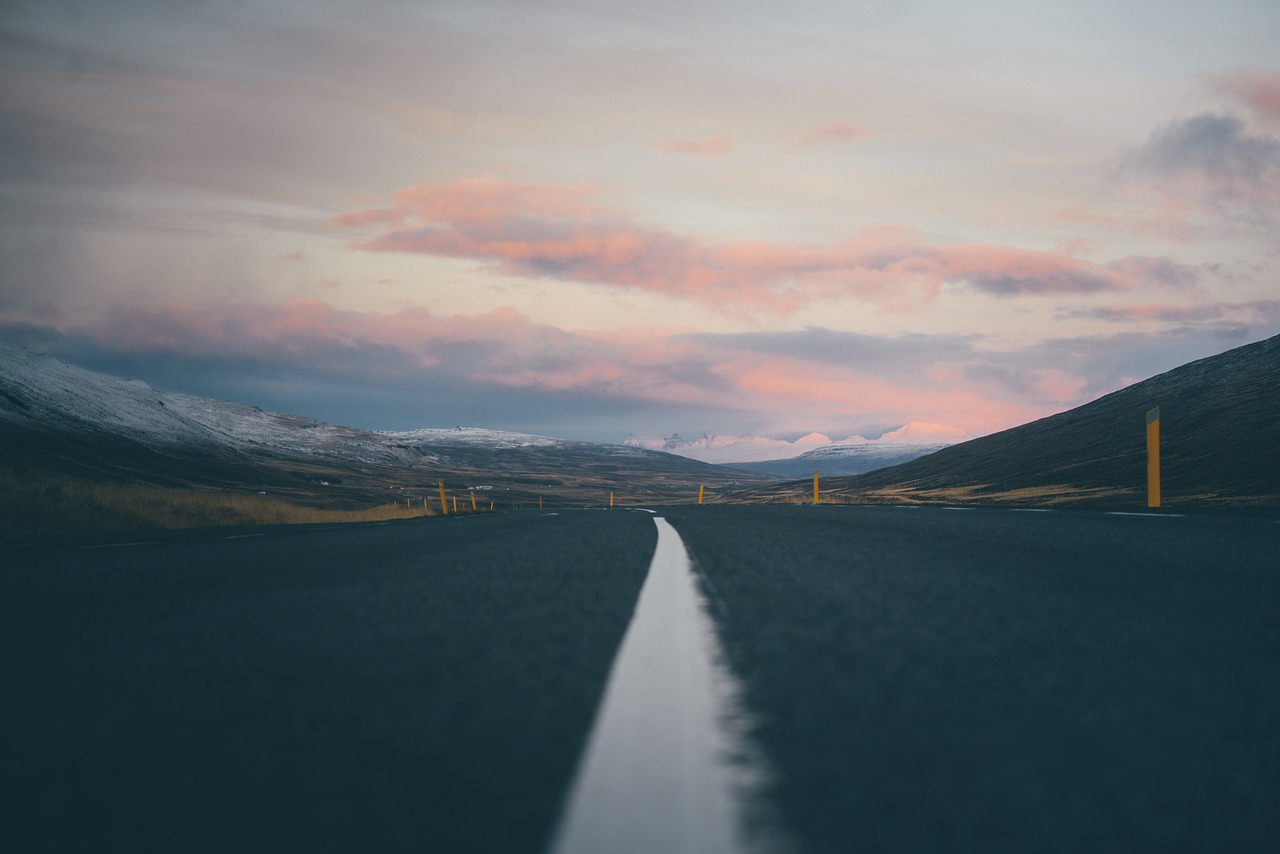Essential Photography Equipment Every Photographer Should Have
Photography is a beautiful art form that allows us to capture moments and memories in a way that words sometimes cannot. To truly excel in this craft, having the right photography equipment is essential. Whether you’re a beginner or a seasoned professional, having the right tools can make a world of difference in the quality of your photos. In this blog post, we’ll discuss some of the essential photography equipment that every photographer should have in their arsenal.
1. Camera
First and foremost, you’ll need a good quality camera to capture stunning images. There are many options available on the market, from entry-level DSLRs to high-end mirrorless cameras. The key is to choose a camera that suits your needs and budget, but also offers the features and capabilities that will help you achieve your creative vision.
2. Lenses
Lenses are another essential piece of photography equipment that can greatly impact the quality of your photos. Different lenses offer different perspectives, focal lengths, and apertures, allowing you to create a wide variety of images. Some popular lens choices include wide-angle lenses for landscapes, telephoto lenses for wildlife and sports photography, and prime lenses for portraits and low-light situations.
3. Tripod
A tripod is a must-have accessory for any photographer, as it helps stabilize your camera and eliminate camera shake, especially in low light situations. Tripods come in various sizes and materials, from lightweight travel tripods to heavy-duty studio tripods. Investing in a good quality tripod can make a significant difference in the sharpness and clarity of your photos.
4. Lighting Equipment
Good lighting is essential for creating captivating photographs. While natural light is often the best option, having artificial lighting equipment can help you control and manipulate light to achieve the desired effect. Some popular lighting options include speedlights, studio strobes, and continuous lights. Additionally, light modifiers such as softboxes, umbrellas, and reflectors can help you shape and soften light for more flattering portraits.
5. Camera Bag
To protect and carry your photography equipment, a durable and well-designed camera bag is a must. Camera bags come in various styles, from backpacks and messenger bags to roller bags and sling bags. Look for a bag that offers padded compartments, adjustable dividers, and additional storage for accessories like memory cards, batteries, and filters.
6. Memory Cards
Having enough storage space is crucial when shooting photos, so investing in high-quality memory cards is essential. Look for fast and reliable memory cards with ample storage capacity to ensure that you never miss a shot. Additionally, having multiple memory cards on hand can provide a backup in case one card fails or becomes full.
7. Cleaning Kit
Keeping your photography equipment clean and well-maintained is essential for ensuring its longevity and performance. A basic cleaning kit typically includes a lens cloth, lens cleaning solution, a blower brush, and sensor swabs for cleaning your camera sensor. Regularly cleaning your gear can help prevent dust, dirt, and smudges from affecting the quality of your photos.
8. Remote Shutter Release
A remote shutter release is a handy accessory that allows you to trigger your camera without physically pressing the shutter button. This can be especially useful for long exposures, self-portraits, and group shots where you need to be in front of the camera. Some cameras also offer wireless connectivity for remote shooting through a smartphone app.
In conclusion, having the right photography equipment is crucial for capturing stunning images that showcase your creativity and vision. Whether you’re a hobbyist or a professional photographer, investing in high-quality equipment can elevate your photography to the next level. By choosing the right camera, lenses, lighting, and accessories, you can unlock your full potential as a photographer and create images that truly resonate with your audience.

